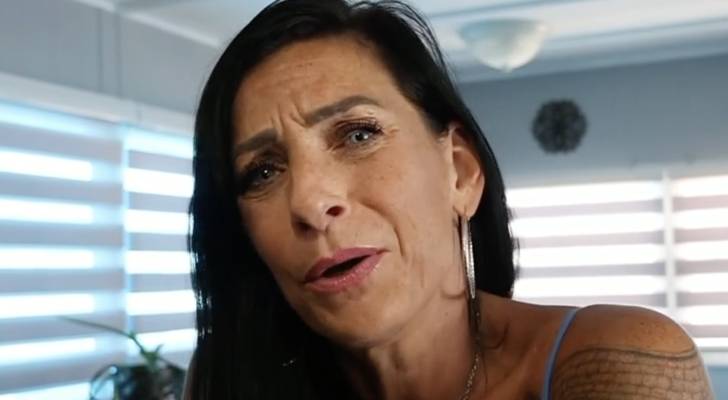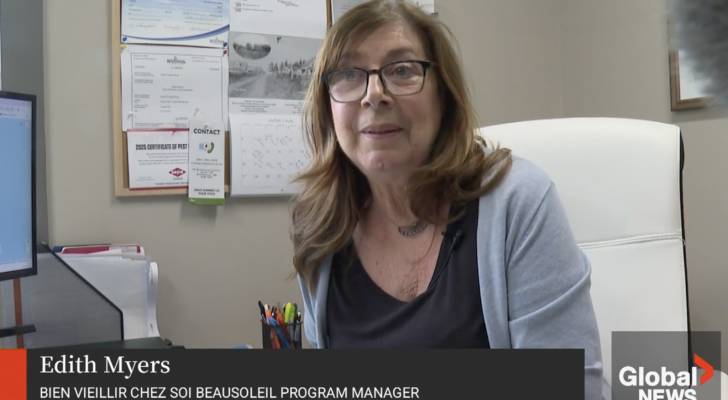Crushed by costs: Survey reveals ‘cost of living in Canada’ now the top fear for households (just ahead of BoC rate decision)

Even as Canadians kick back and enjoy exploring their own country or relax into summer while soaking up sunshine rays, many are still struggling with the higher cost of living. As the Bank of Canada prepares for its next interest rate decision on July 30, 2025, a recent survey from Money.ca shows that nearly two-thirds […]
One year after wildfire, Jasper still rebuilding

When multiple wildfires tore through Jasper National Park on July 22nd, 2024, the result was one of the most destructive fire events in Canadian history, destroying 358 properties and causing around $1.2 billion in insured damages. Thousands were forced to leave their homes, not knowing whether they would ever get the chance to return. Residents, […]
From coast to coast, Canadians are gearing up to discover the beauty in their own country — for the first time

Canada is a pretty big country, with plenty to see and do, to say the least. This should be news to exactly no one, but many Canadians have not traveled through much of their own country. A new survey from Go RVing Canada reveals almost eight in 10 Canadians say they’re interested in exploring more […]
7 ways to invest with little money and get big returns

Let me share a secret: you don’t need to be rolling in dough to start investing. Some wealth managers prefer clients who have six (or seven!) figures to invest. But guess what? Times have changed and technology has opened the door to DIY investing. You can easily start investing without a sizeable sum or a […]
Ottawa revives electric vehicle incentives: What this means for your wallet

After a brief hiatus, the federal government is set to reintroduce incentives for electric vehicle (EV) buyers, aiming to accelerate Canada’s transition to greener transportation and ease the upfront cost burden for consumers. The announcement, made by Minister of Transport Lisa Joly earlier this month, marks a significant policy shift intended to support environmental goals […]
Tariff turmoil: Alberta drivers slammed by soaring insurance costs tied to U.S. trade war

President Donald Trump’s tit-for-tat tariff war has led to innumerable impacts, not all of them obvious. For instance, virtually no one predicted how the on-again-off-again U.S. tariffs would impact Alberta’s insurance market. Sadly, that’s exactly what has happenened. The Insurance Bureau of Canada (IBC) recently commissioned Deloitte to undertake an analysis on the impacts of […]
‘No one should have to go through that’: This Florida woman fought back when her property manager tried to evict her — and won. Why knowing your rights protects more than just your sanity

As more Floridians face evictions from mobile home parks, Kerrie Bacci is demonstrating how to stand your ground — even if that ground is owned by a huge property management company. Bacci owns her mobile home in Shangri La Mobile Home Park in Largo, Florida. What she doesn’t own is the land it sits on. […]
B.C. man buys a used car only to find that its odometer has been tampered with. He managed to get his money back but experts say odometer fraud is on the rise. Here’s how it works and how you

Like many Canadians dealing with the uncertainty of tariffs from the U.S. and rising prices, Steve Andrews from Burnaby, B.C., was on a tight budget when he decided to buy a used vehicle. With a young family in tow, Andrews saw a registered Burnaby used vehicle dealership had a 2012 Subaru listed for a good […]
Is a rate cut coming in 2025? Here’s what to watch in the next few weeks and months

As inflation slows and consumer spending stalls, many Canadians are wondering when — or if — the Bank of Canada (BoC) will finally cut interest rates. While a rate cut at the next policy announcement on July 30, 2025, seems unlikely, experts are watching several key indicators to assess whether a move is coming before […]
New Brunswick’s rent-aid runs dry

New Brunswick has quietly hit pause on its Direct-to-Tenant Rental Benefit program after spending its full $21-million budget less than a year into the fiscal cycle. That means no new applications are being accepted, for now. The program, launched in January 2024, offered a direct subsidy to low-income renters to help cover monthly rent costs. […]